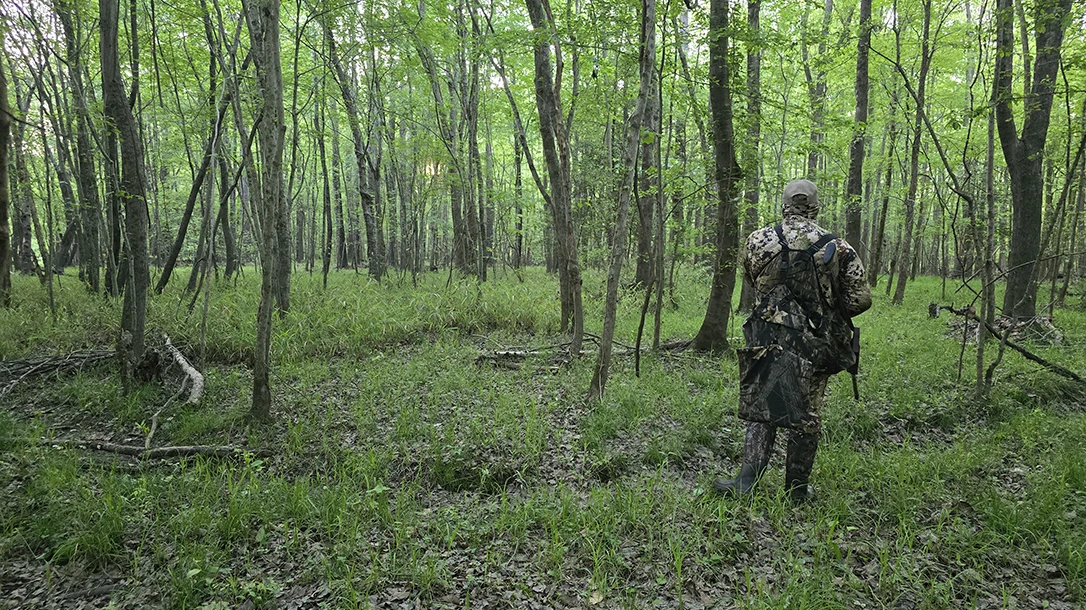Things don’t always go exactly as planned when you’re in the woods. You can memorize all the ridges, trails, and creeks on a map, but the second you step off the beaten path, the chances of something unexpected happening go through the roof. Hunters know that getting lost, feeling cold, and taking the occasional spill are all part of the game.
Survival in the woods rarely looks like it does on popular TV shows. It also doesn’t look particularly heroic. It’s about being smart, staying calm, and carrying the gear and skills that will keep you in the hunt if things go sideways.
This guide is for hunters and anglers who spend long days in the field, miles from a blacktop, often well off the trail, and want to be ready for whatever the woods throw their way.
Advertisement — Continue Reading Below
6 Survival Tips
Know Your Terrain
Hunters and anglers can easily get turned around. One minute you’re following a blood trail or chasing the bite, and the next you’ve lost track of where you are.
No GPS or phone app can replace a basic understanding of the land. Studying maps or satellite images before you head out is smart, but technology fails. When it does, you’ll need more than a screen to get back to the truck.
Carrying a map and compass is just common sense, but they aren’t worth their weight in dirt if you don’t know how to use them. Basic map-reading and navigation skills should be part of every hunter’s skill set. You should also be able to tell direction by the position of the sun, estimate distance, and recognize water courses and locate them on a map. These skills can keep you from wandering in circles for hours.
Advertisement — Continue Reading Below
If you get off course and the sun goes down, everything starts to look like north. Shadows lengthen before disappearing altogether, leaving you surrounded by blackness. No flashlight or headlamp, no matter how fancy, will help you tell direction in the dark. A compass works no matter what time of day (or night) it is. Move slowly and check your compass often. It’s also smart to mark your route as you go in case you need to find your way back to where you started.
Staying Warm
Cold, wet, and tired is part of hunting. We’ve all sat in a stand shivering through the last hour of daylight or trudged back to the truck soaked to the bone. The problem comes when those conditions spiral out of control, like when you’re stuck outside longer than expected, the weather shifts hard, or you’ve done something stupid like locked your keys in the truck. In those cases, discomfort can quickly turn into a survival situation.
Advertisement — Continue Reading Below
The first line of defense is clothing. Dress for the weather you expect and then some. Layering is critical. Start with a moisture-wicking base layer, add an insulating mid-layer, and top it off with an outer shell. Skip cotton. Wet cotton will sap your heat and strength. Wool and synthetics will do more to keep you alive when they’re damp.
Your daypack should carry insurance. A packable rain jacket, a lightweight outer shell, or both can save you when the forecast lies or you’re hauling meat out after dark. Weather can be unpredictable, and shooting a deer at sunset can turn what would normally be a short walk into a cold, wet ordeal.
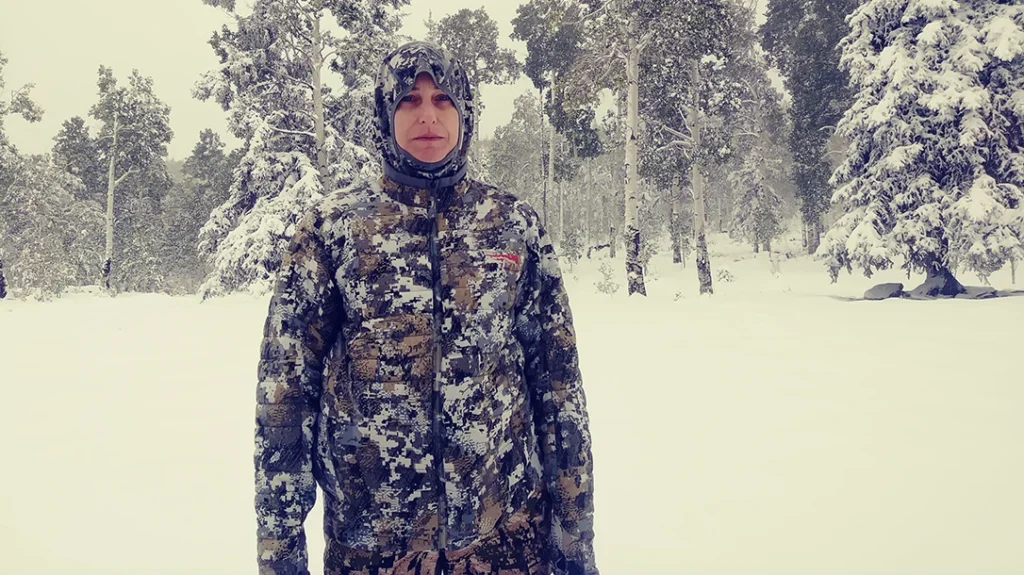
Advertisement — Continue Reading Below
A compact space blanket is another smart addition. It weighs almost nothing but traps body heat and can shield you from wind or rain when you can’t make it back to camp. And if you add a reliable fire starter to the equation, you’re shifting the survival odds back in your favor.
Knowing how to throw together a quick windbreak can also be the difference between a rough night and a dangerous one if you get stuck in the woods. Use branches for a frame, pile pine boughs or leaves for insulation, and angle it into the wind. Even a half-shelter blocks the weather and buys time. The goal isn’t comfort. It’s survival. A windbreak and a little heat can get you through the night until you reach camp or help finds you.
Food & Water
You can miss a meal and be fine. You can even go a couple of days without eating and still keep moving, though you’ll be miserable. But water is a non-negotiable. Go half a day without it while you’re sweating under a pack, and you’ll feel it. Go longer and your ability to make good decisions (or any decisions) drops fast.
Advertisement — Continue Reading Below
Most hunters don’t carry enough water for the “what-ifs.” At a minimum, pack an extra bottle. It’s cheap insurance for those times when the drag takes longer than expected or you miss the trail and have to double back.
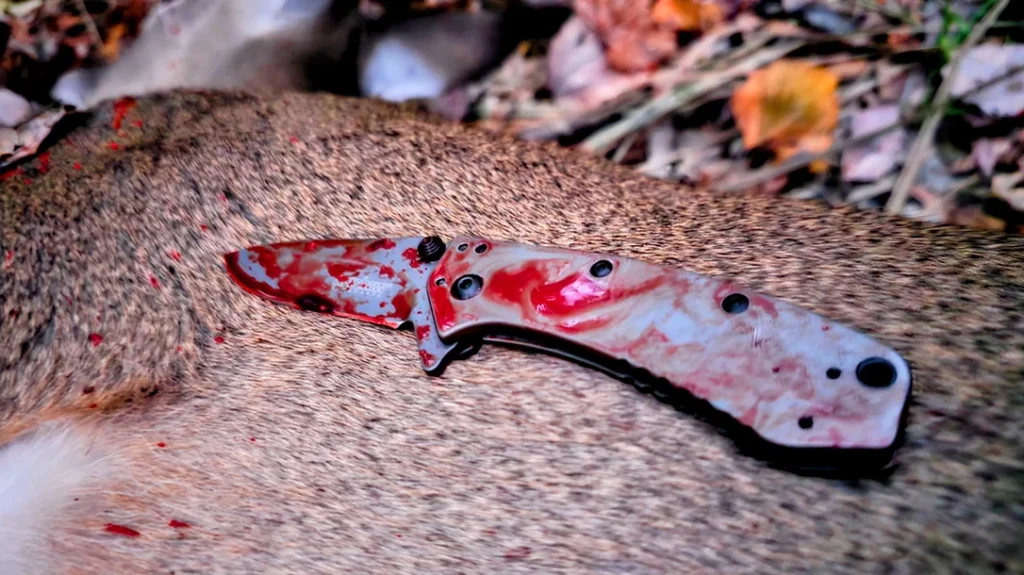
It’s also smart to pack a pocket-sized filter straw or a few purification tablets for backup. They weigh almost nothing and can turn a mud hole into a lifeline. Full-blown survival stories are rare, but dehydration isn’t and can turn a simple setback into a real emergency in hours.
Advertisement — Continue Reading Below
Food is more forgiving, but it still matters. Toss a couple of snacks in your pack (jerky, nuts, or an energy bar work great). You’re not planning for a picnic. You’re just trying to keep your body from burning itself up while you hike out or wait for daylight. If you do kill something late in the day, that snack can fuel the long drag back to the truck.
Without water you’re in trouble. Without food you’re uncomfortable. Prepare for both, but prioritize water every single time.
Basic First Aid
Even careful hunters are bound to end up with occasional cuts, scrapes, or blisters in the woods. That’s where a simple “boo-boo kit” comes in handy. Bandages, antiseptic wipes, blister pads, and pain relievers aren’t particularly exciting, but they can keep small problems from becoming big ones.
Your kit should live in your daypack. But it won’t do you any good if you don’t know how to use it. A basic first-aid course gives you skills you’ll actually use if an accident happens in the woods.
Covering the minor stuff is good, but don’t forget about the heavy hitters. Knives and firearms are the biggest dangers in the woods. One slip while field dressing, a broadhead in the wrong place, or a misfire can open an artery in seconds. Direct pressure might not be enough. That’s when a real tourniquet can save your life.
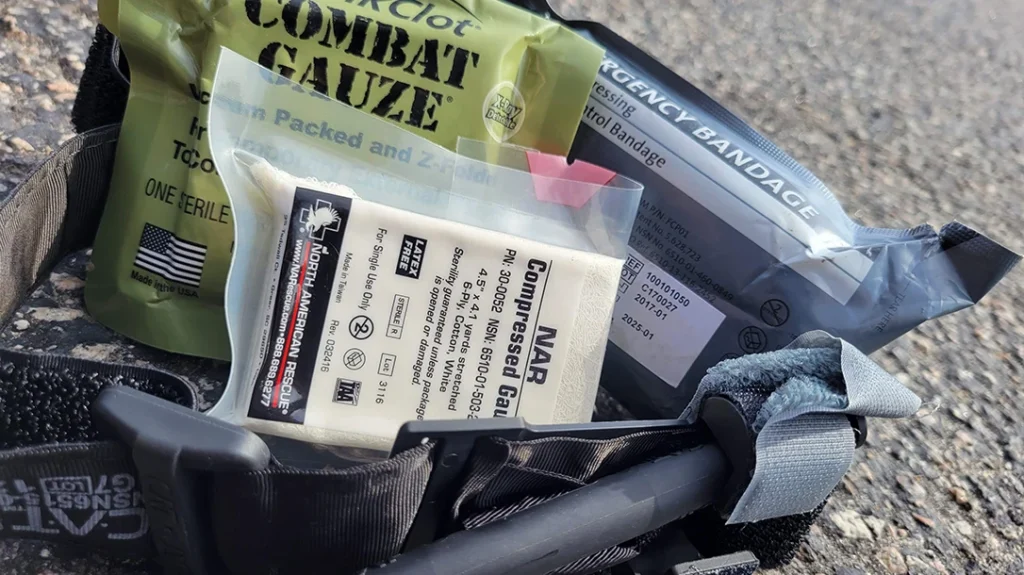
Your first-aid kit for serious injuries should include:
- A quality tourniquet (SAM XT or C-A-T).
- Hemostatic gauze or quick-clot pads.
- Sterile gauze, tape, and antiseptic wipes for bigger cuts.
Practice applying your tourniquet before you need it. You don’t want to be fumbling with it, when adrenaline is high and seconds count. Knives slip. A misfire can happen even for the most careful gun owners. When blood is pumping, skill matters just as much as gear.
Signaling & Communication
You can hike, hunt, and navigate perfectly, but if you get into trouble and no one can find you, all of that doesn’t really matter. You have to have a plan to call in help if something goes sideways.
Start simple. A whistle is loud, lightweight, doesn’t require any batteries, and works when your voice won’t carry. Three short blasts is the universal distress signal.
Cell phones are fine. Until they’re not. Batteries die and you can’t always bet on having a signal in the woods. In the backcountry, a personal locator beacon (PLB) or satellite messenger can be a literal lifesaver. They’re expensive, but compared to the cost of rescue (or worse) they’re pretty cheap insurance.
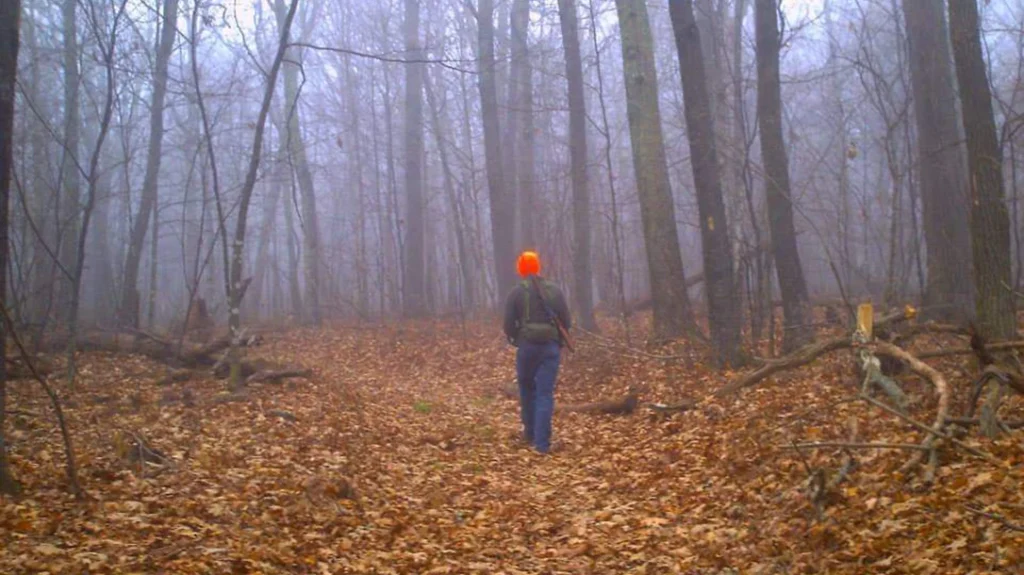
Most importantly, don’t forget to tell someone your hunting plan before you leave. No honey hole is so worth keeping secret that you put your safety in jeopardy. Tell someone you trust the route you plan to take and when you expect to return. If something happens, having someone know where you should be give search-and-rescue a place to start searching.
What Should Ride in Your Daypack
- Map and compass
- Extra water
- Pocket-sized filter or purification tablets
- Extra jacket or rain gear
- Space blanket
- Fire starter
- Headlamp or flashlight with extra batteries
- Signaling device
- First-aid supplies
- Snacks
Final Thoughts
Hunting and fishing are great ways to have fun, enjoy nature, and put a meal on the table. Smart outdoorsmen plan for the days when one slip, missed trail, or sudden storm turn a good day into a survival scenario.
Preparation is the line between inconvenience and emergency. Tell a friend where you’re going. Know your ground. Dress for the weather. Carry water, snacks, and first-aid gear. Then practice your skills so you can act fast if things get ugly.


